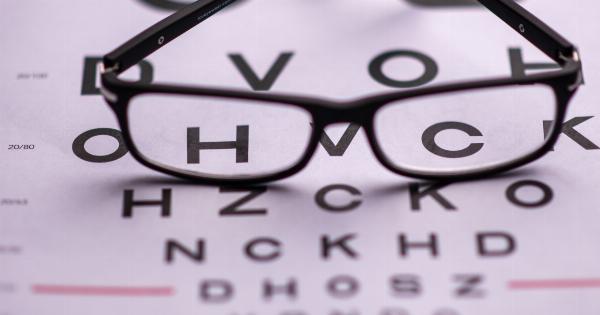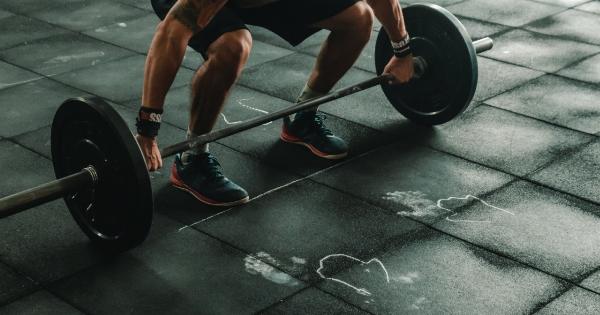Liquid retention, also known as edema, is a common condition characterized by the abnormal buildup of fluid in the body’s tissues, leading to swelling and discomfort.
The causes of edema may be varied, including hormonal imbalances, certain medications, inadequate nutrition, physical inactivity, or other health issues. If you think you have edema, it’s important to speak to your doctor or healthcare professional to determine its cause and appropriate treatment.
However, there are a few ways you can test for liquid retention at home to help you and your doctor pinpoint the issue.
How to test for liquid retention at home
1. Press Test
The best way to test for edema at home is to use the “press test.” You should be able to press down on healthy skin and watch it bounce straight back.
This is called pitting edema and can indicate systemic edema or fluid buildup in your legs or arms. Gently press your finger against the swollen area for about 15 seconds, then release and watch the skin closely. If the indentation remains for several seconds, then you may have edema.
You can repeat this test on both legs or arms, and if they show consistent swelling, you should see your doctor to rule out any underlying health issues.
2. Bodyweight test
Weigh yourself every morning at the same time, preferably immediately after you wake up. If you notice a difference in weight over a few days without any change in your diet or activity level, this could indicate fluid buildup from edema.
However, fluctuations in weight can also be caused by changes in muscle mass or fat mass, so be sure to track your weight carefully over time and consider using other tests to confirm your suspicions.
3. Finger test
You can also do a finger test to check if you have edema in your legs. Press your finger into your flesh at the front of your shin. If the skin stays dimpled after you remove your finger, this could be a sign of edema.
Repeat this test at different spots on your leg as well as on both legs to check for symmetry.
4. Squeeze test
A squeeze test can help you test for edema in your feet. Place your fingers on the top of your foot and gently squeeze the skin. If you notice any tenderness or pitting, this could be edema. Repeat this test on both feet.
5. Skin temperature test
If you have edema, you may notice that the skin in the affected area is warmer than the surrounding skin. You can also use a temperature gun or thermometer to measure temperature differences in your legs or arms.
If there is a significant difference in temperature between the affected area and the rest of your body, this could be a sign of fluid buildup.
6. Check for Symmetry
If you’re experiencing edema in one limb, compare it to the other limb to confirm that it’s not a result of injury or other issues. For instance, if your right ankle is swollen, compare it to your left ankle.
If your left ankle appears normal, then there might be a problem with the right ankle that requires medical attention.
7. Blood Test
A blood test can reveal electrolyte imbalances and kidney problems, which are often the underlying reasons for edema. A simple blood test can check the levels of sodium, potassium, calcium, and other electrolytes in your blood.
8. Urine Test
An urinalysis test can help detect edema caused by kidney problems or other disorders. A simple urine test can check for protein levels in your urine.
High levels of protein can indicate kidney disease or damage, which can lead to fluid accumulation in the body.
9. Lymphatic Drainage Massage
Lymphatic drainage massage is a massage technique that helps to stimulate lymph nodes and improve lymph flow throughout the body. This technique can help to ease the swelling and discomfort associated with edema and improve circulation.
You can perform a lymphatic drainage massage at home or seek the assistance of a trained massage therapist.
10. Compression Garments
If your doctor determines that you have edema, they may recommend wearing compression garments. Compression stockings or sleeves can help to reduce swelling in the legs and improve circulation.
You can buy compression garments at most pharmacies or consult with a medical professional to purchase a suitable option based on your needs.
Conclusion
If you suspect that you have edema, it’s important to speak with your healthcare professional or doctor to determine the underlying cause and appropriate treatment.
However, there are a few ways you can test for liquid retention at home, such as the press test, finger test, and squeeze test. Additionally, tracking your bodyweight, performing a lymphatic drainage massage, wearing compression garments, and getting blood and urine tests can help identify and manage the condition.























